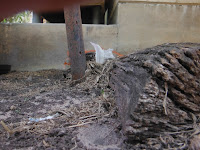"Important that arts are explicitly linked to politics"
I feel as if I should look more at political influences happening today right now and see if it is affecting my work. Or If I could instill this influence. "These are examples of refusal to resort, in the name of a leftwing ideal, to the simplification of means of expression, and the will to educate the public’s aesthetic judgment." "when an artist fulfils his or her proper role, that role is to be a saboteur of the prevailing representations, and a creator of desires for new horizons."
The above two sentences strike me, the first in the fundamental role of educating students about Art and the second a statement on an Artists direction.
So what is my direction? I know my techniques, I know my mediums. In response to this I have been looking News (Nationally and globally) In Australia recently we had our elections for the new prime minister. Tony Abott leader for the Liberal party won. Liberal's plans include :
Tony Abbott and the Coalition will get Australia back on track by:
Restoring hope, reward and opportunity for all Australians.
Reducing cost of living pressures on families.
Growing a bigger, stronger economy.
Strengthening the nation.
Delivering a stable and accountable government.
Ironically instead of focusing on what Liberal has achieved through their government they instead focused on the negatives of their opposing party the Labor.
Five long years of Labor.
The hope that many Australians felt on 24 November 2007 has been replaced with disillusionment in a government too focused on its own survival and not enough on the everyday concerns of Australians - their cost of living pressures, their jobs and their future.
The Rudd/Gillard Government has been marked by too much spin, too much in-fighting and too many broken promises. Like their state counterparts, Labor’s record only worsens with time.
In just five years, Labor has:
presided over increases in people’s living costs, including electricity price increases of 89%;
misled the Australian people by introducing the world’s biggest carbon tax;
run up the four biggest deficits in Australia’s history and turned $70 billion in net assets into over $150 billion in net debt;
overseen unprecedented waste from overpriced school halls, dangerous roof insulation, and an overpriced and undelivered NBN;
weakened our borders, resulting in over 500 boats arriving carrying a total of over 30,000 illegal arrivals;
overseen a marked fall in Australia’s productivity performance and crippled small business with excessive regulation and cost increases;
compromised Australia’s interests by entering into a formal alliance with the Greens; and
stood by Craig Thomson and Peter Slipper and been mired in scandal.
I want to focus my direction toward my field of interest which is education. There has been an increased focused on teachers due to the recent elections. Actually when relating to the elections I felt like because my vote wasn't for Liberal Abbot I felt imprisoned, sentenced. And this inspired me to use as a way of expressing what I felt about education recently. There are teachers cutbacks and slashes to resources as well as putting the blame on them for the decreasing number of students results. I want to respond to this through my art project.
The NT Government is cutting 250 million from NT education in the next three years. This means: less teachers, less specialist support for students!
Description
Every middle and senior school in the NT is losing teachers and admin staff. Specialist support and courses for students are being cut. Five teachers in each school this year, next year and the year after are being cut. Some schools are losing 25% of their teachers over three years. This situation is appalling and cuts are happening now, with many schools requiring teachers to apply for the remaining positions for 2014. Specialist staff will be hit especially hard. This will affect all students, particularly those who do not neatly slot into mainstream classes. ALL NTl students will be affected by larger class sizes and much less teacher time and support.
I want to do a photoshoot with teachers as mugshots and the title of the series will be "Sentenced for life" Teachers are in it for the outcome not the income. We don't blame dentists when we don't brush our teeth properly and we get a cavity. So why do we blame teachers when students fail because they didn't study?
When getting a mugshot taken prisoners generally have this board held in front of them with a description. Im going to use this but change it's description.
Name:
School:
Subjects:
Teaching Philosophy (A sentence or small paragraph)

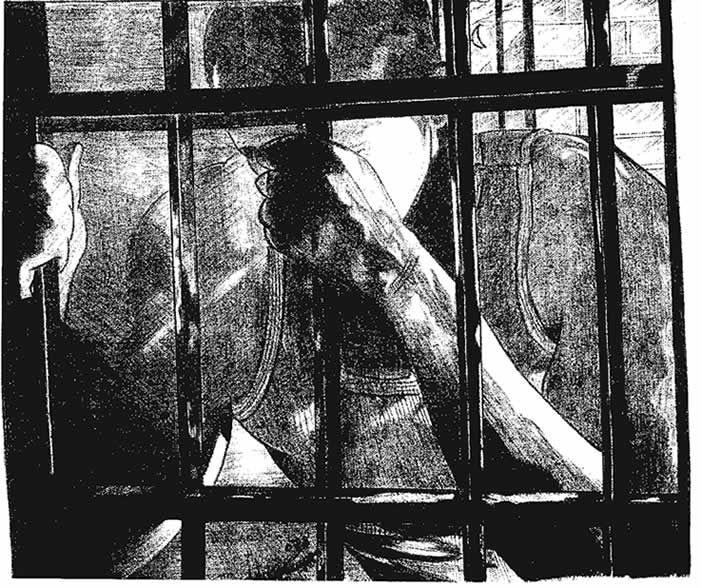




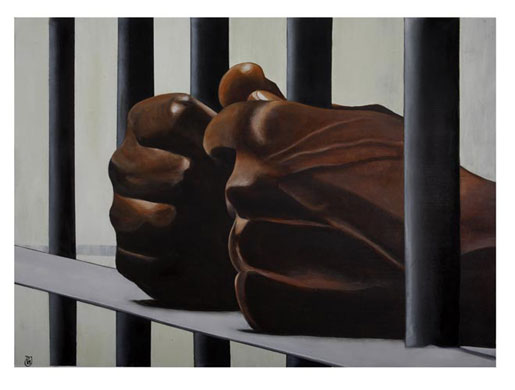






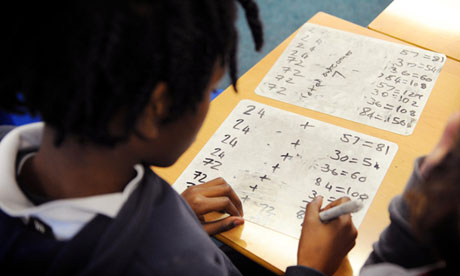
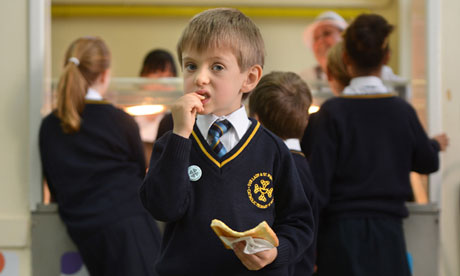
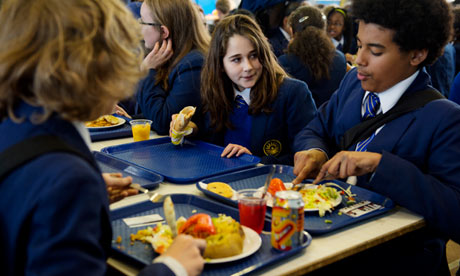
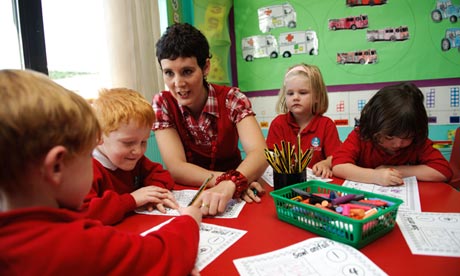
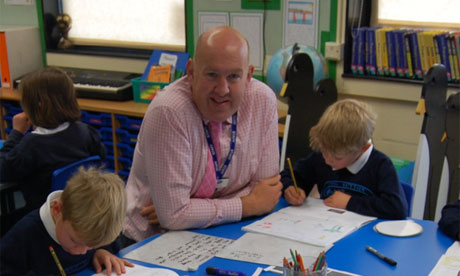
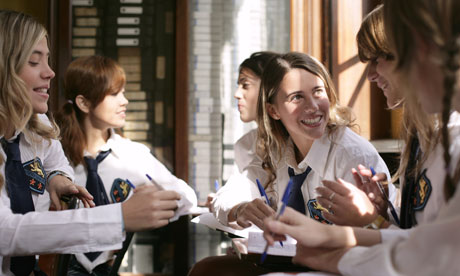
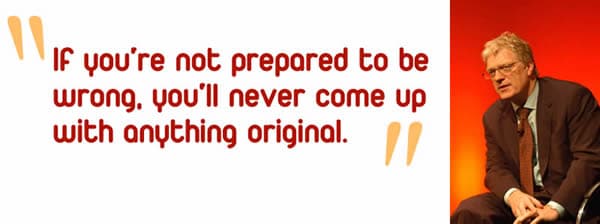 For twelve years, he was professor of education at the University of Warwick in the UK and is now professor emeritus. He has received honorary degrees from the Rhode Island School of Design, the Open University and the Central School of Speech and Drama; Birmingham City University, the Liverpool Institute for Performing Arts and Oklahoma State University. He was been honored with the Athena Award of the Rhode Island School of Design for services to the arts and education; the Peabody Medal for contributions to the arts and culture in the United States, the Arthur C. Clarke Imagination Award, the Gordon Parks Award for achievements in education and the Benjamin Franklin Medal of the Royal Society of Arts for outstanding contributions to cultural relations between the United Kingdom and the United States. In 2005, he was named as one of Time/Fortune/CNN’s ‘Principal Voices’. In 2003, he received a knighthood from Queen Elizabeth II for his services to the arts.
For twelve years, he was professor of education at the University of Warwick in the UK and is now professor emeritus. He has received honorary degrees from the Rhode Island School of Design, the Open University and the Central School of Speech and Drama; Birmingham City University, the Liverpool Institute for Performing Arts and Oklahoma State University. He was been honored with the Athena Award of the Rhode Island School of Design for services to the arts and education; the Peabody Medal for contributions to the arts and culture in the United States, the Arthur C. Clarke Imagination Award, the Gordon Parks Award for achievements in education and the Benjamin Franklin Medal of the Royal Society of Arts for outstanding contributions to cultural relations between the United Kingdom and the United States. In 2005, he was named as one of Time/Fortune/CNN’s ‘Principal Voices’. In 2003, he received a knighthood from Queen Elizabeth II for his services to the arts.



